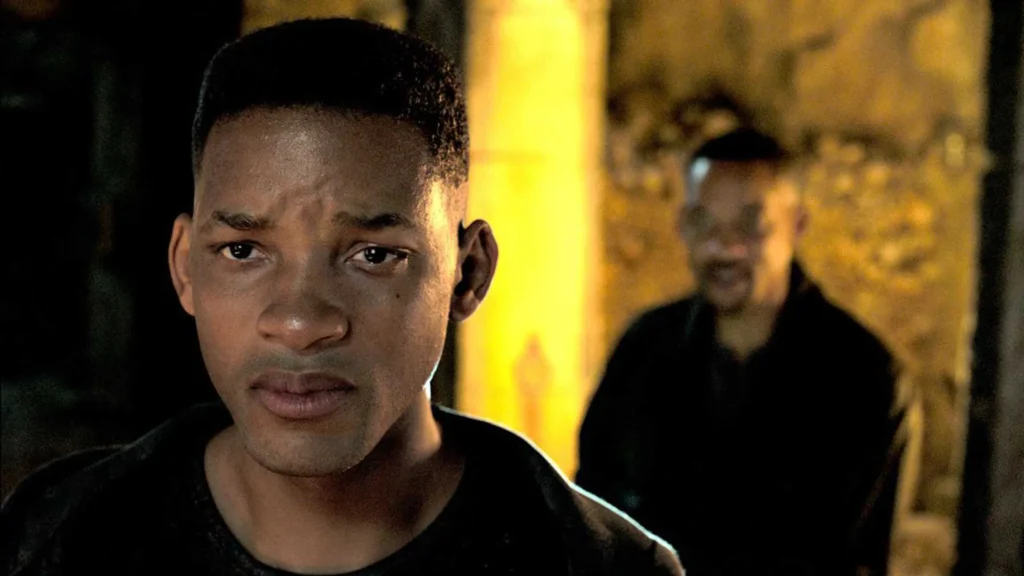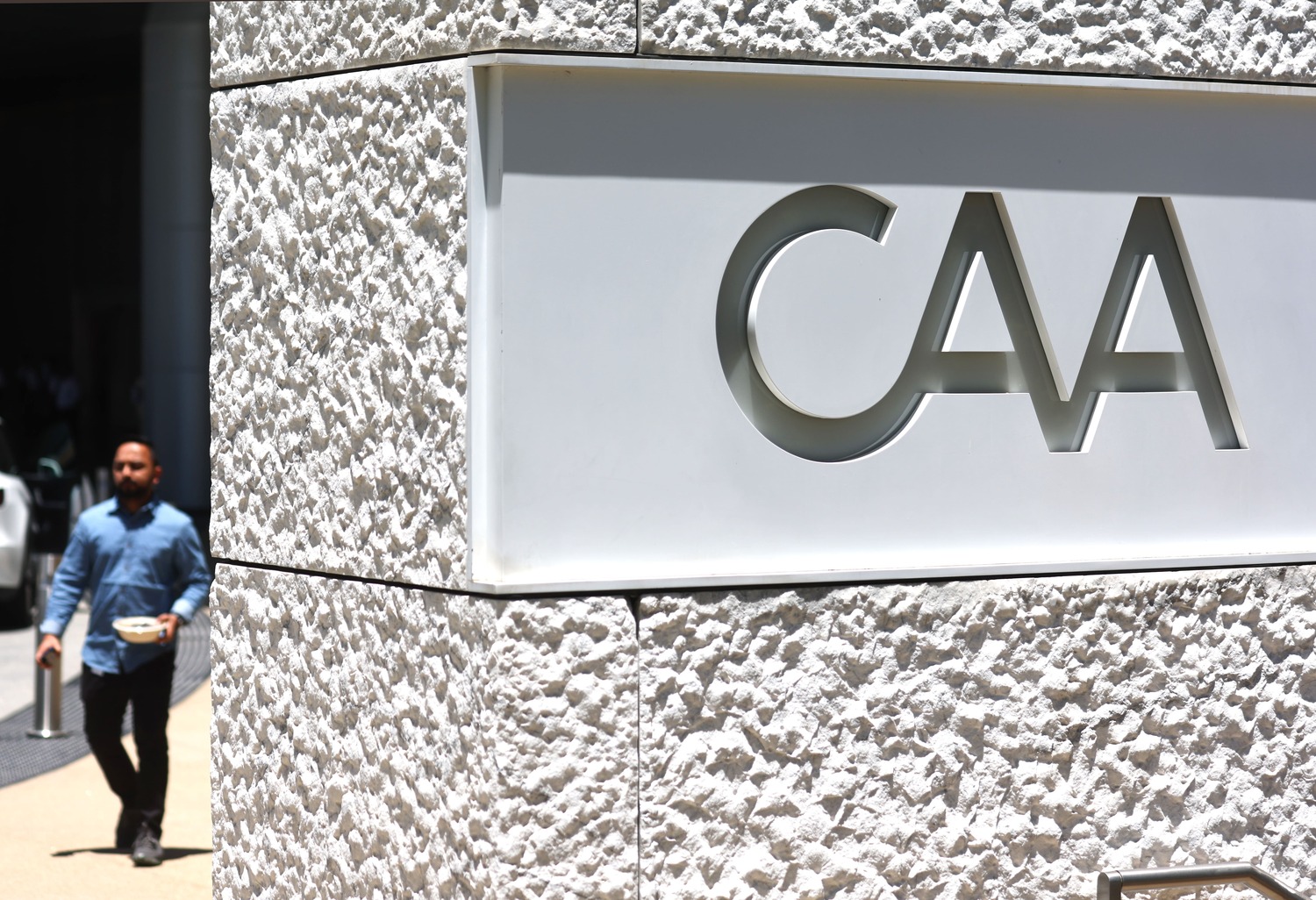A leading Hollywood Talent Agency has been testing AI clones. These are digital likenesses of major actors that can be used as per a project’s demands without actually having the person to act.
Background: It was a big mess when Hollywood went on strike. The writers’ strike lasted for 148 days, halting the production of movies, TV shows, and other projects. Though the strike was for increasing wages, a later development was the discontent against production companies that wished to use AI for part of their work (that could replace screenwriters, for example) and even use the digital likenesses of actors in their projects. This was a serious concern because if an actor gives their likeness to a production house or talent agency (portrayed well in the Black Mirror episode Joan Is Awful), that likeness can be used and reused without paying the actor anything else apart from the initial fee to record their expressions and body language. The aftermath was that the Writers Guild of America (WGA) reached an agreement with the Hollywood studios and production companies that AI would not be used to “undermine a writer’s credit” (read CNBC’s article on the same). The language surrounding AI’s use is vague simply because we cannot help it yet. These are new waters. But though it was brought up and criticized, there was nothing to be done for studios paying actors to have their likenesses recorded digitally for later use. In fact, studios have already started doing it long ago. The Mirror reported how viewers spotted creepy AI background actors/extras (shoddy work, really) in a Disney romcom movie called Prom Pact. There have also been several reports of Disney and other big Hollywood studios using AI to do a bunch of similar stuff. These are purely AI-generated characters, but an AI likeness has to be of a known face. Let’s say Tom Cruise is paid to let Disney record his likeness. Now, any Disney movie can feature Cruise as they want (of course, the legalities of the contract will disallow any misuse or overexploitation, but still).
CAA Tests Actor Replicas
And now, a Hollywood talent agency called the Creative Artists Agency or CAA has done exactly that. It’s been testing this new form of characters for a while now. I looked around to find out more about this agency, and as it turns out, it’s actually one of the biggest talent agencies in Hollywood. Those responsible for making the movies don’t usually get in touch with actors directly, except in cases where there’s some kind of friendship or acquaintance. These talent agencies manage major actors that they can offer. In a way, they can make or break an acting career in Hollywood.
CAA mainly manages musical artists such as Ariana Grande, Madonna, Miley Cyrus, Cardi B, and Jennifer Lopez (official website). That being said, it does have an impressive roster of actors like Brad Pitt, Andrew Garfield, Anne Hathaway, Bradley Cooper, Cate Blanchett, Charlize Theron, Daniel Craig, Emma Watson, Jennifer Aniston, Natalie Portman, Ryan Gosling, Scarlett Johansson, Johnny Depp, Kate Winslet, and Reese Witherspoon (even the director Steven Spielberg and the fashion designer Tommy Hilfiger).
After all, this is an organization whose talent agents have been famously called “coldhearted Hollywood power brokers” by WSJ (link – paywalled) and the agency itself the “Death Star.”
In a report on The Information last Wednesday (link – paywalled), Kaya Yurieff writes how the agency started experimenting with digital likenesses last fall. Partnering with AI companies that could do the recording of voices, faces, and bodies for training purposes, CAA created these likenesses or replicas of actual, known actors.
Use Case

The main use case as of now is minor. These AI likenesses are not going to lead the show anytime soon. CAA is using these replicas for reshooting, which can get pretty expensive, or things like dubbing and stunts. But don’t be fooled. It’s less about the CAA trying to protect the livelihood of actors and more about the technological limitations of the tech itself. AI characters cannot be meaningfully used to offer a realistic experience in a feature-length movie, for example.
Now, of course, the actor has to consent. A large sum of money can be paid to an actor and in return, the talent agency (or a production house) gets particular rights for using the actor’s digital avatar in its projects. Actors are prone to taking these deals because the sum promised by a large corporation is going to be insane. There should be a representative, third-party, or supervising organization to better protect actors from rushing into deals like these and doing more harm to the entire art form in general than they ever expected.
In any case, CAA has solid plans to scale this up and make the tech available industry-wide, possibly selling it to production houses in need of particular actors. For now, expect CAA’s clients to use such technology shortly.
What It Means for Actors?

There’s another interesting facet to this. Let’s say these deals are not one-time and actually pay the actor based on how much screen time is rendered using their digital replica. This means that the actor keeps getting paid for acting without actually doing acting. Assuming the likeness isn’t used for anything the actor’s legal team hasn’t consented to, and that it’s extremely accurate or almost indistinguishable, then the actor is working on 5, 10 movies or TV shows at once.
The same face, body language, mannerisms, and voice. In a way, AI tech of this kind will allow actors to get paid more. Whereas they couldn’t take up a second or a third project due to time limits earlier, they can now “shoot” for multiple movies simultaneously. Brad Pitt might even become a couch potato while his likeness, perfected by CAA, is doing his job on 15 projects at once. Better yet, Henry Cavill might finally be able to focus on his MMOs and PC building full-time while still charming viewers from all walks of life.
That’s certainly a dark future, but not an impossible one.
But the question is, if the actor is benefiting, the studio is cutting costs, and the audience is getting the same experience, what’s not to like here? Over time, viewers will get acclimatized to productions using likenesses instead of actual actors. It will be okay, no matter how absurd it sounds right now to some. AI likenesses will be just like the real thing, much like how text, paintings, or music generated in a famous person’s style are virtually indistinguishable for the casual consumer. The real problem that I can foresee is the top actors getting all the roles, and the newcomers struggling quite hard as even smaller productions begin to capitalize on the competition (and lower prices) that will come with the commercialization of this technology, ignoring new talent repeatedly in favor of known faces.
What will really separate a likeness or replica of an actor as produced and used creatively by a media house or talent agency from a deepfake? Apart from the fact that deepfakes have an infamous connotation and are fan-made, the term fan being used very, very liberally.

